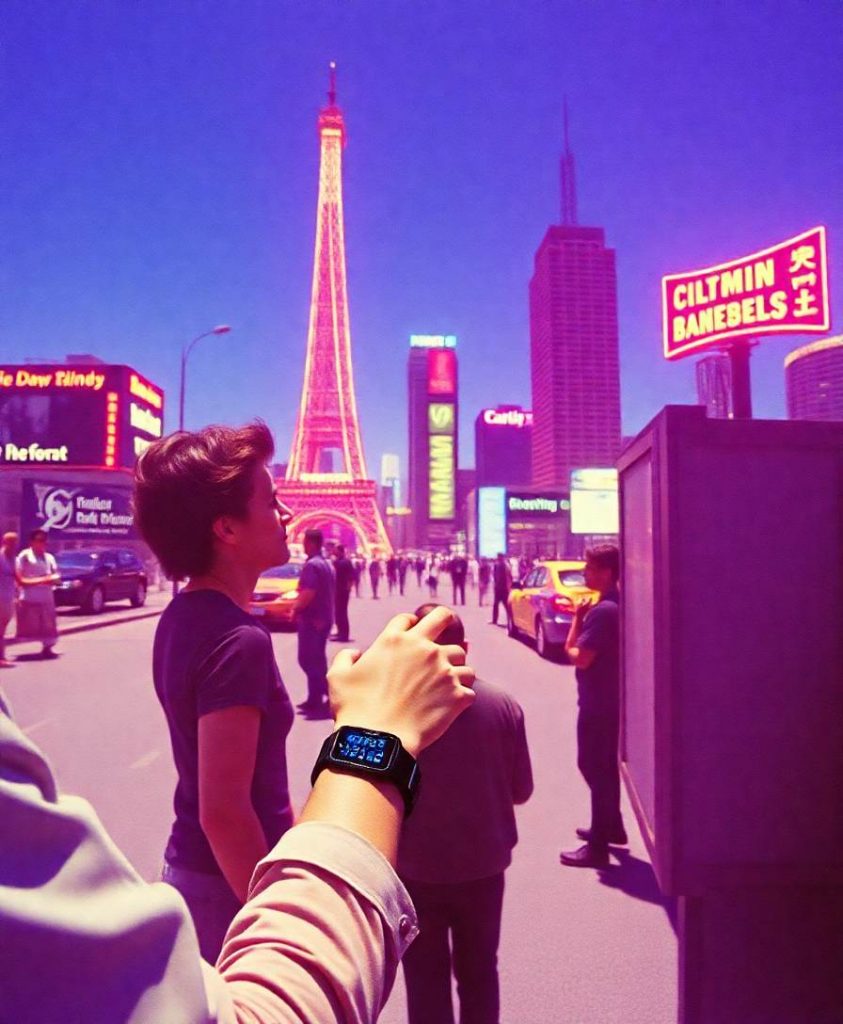With the increasing number of stroke patients, there is an urgent need for an accessible, scientific, and reliable evaluation method for stroke rehabilitation. Although many rehabilitation stage evaluation methods based on the wearable sensors and machine learning algorithm have been developed, the interpretable evaluation of the Brunnstrom recovery stage of the lower limb (BRS-L) is still lacking. The paper propose an interpretable BRS-L evaluation method based on wearable sensors. We collected lower limb motion data and plantar pressure data of 20 hemiplegic patients and 10 healthy individuals using seven Inertial Measurement Units (IMUs) and two plantar pressure insoles. Then we extracted gait features from the motion data and pressure data. By using feature selection based on feature importance, we improved the interpretability of the machine learning-based evaluation method. Several machine learning models are evaluated on the dataset, the results show that k-Nearest Neighbor has the best prediction performance and achieves 94.2% accuracy with an input of 18 features. Our method provides a feasible solution for precise rehabilitation and home-based rehabilitation of hemiplegic patients.

